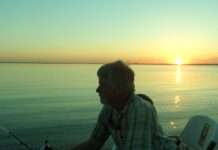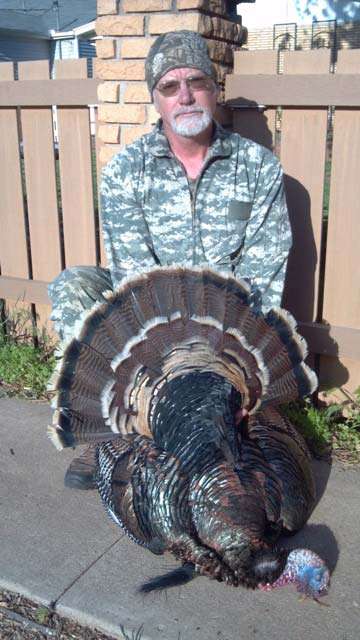I love the Kansas state fair and I love talking to people about trapping, so I spend some time each year at the Kansas Fur Harvesters booth at the Kansas State Fair. That booth is an excellent way to educate people about the importance of trapping here in the U.S.
As people stop by the booth, one of the things we point out is that furbearers in Kansas are very prolific breeders and trapping is a perfect and necessary tool to keep their populations manageable. Beavers have from one to six young each year, and they do considerable damage by damming streams and ponds that flood farmland, back roads and golf courses. They cut off newly planted saplings with just a couple bites and kill large standing trees by completely chewing off the bark as high as they can reach. Muskrats have three to five litters per year, each containing up to five kits, and even though they don’t chew trees, they can absolutely riddle dikes, stream banks and pond dams with holes for dens. Raccoons birth three or four young each year and their taste for eggs leads them to destroy large numbers of songbird, pheasant and quail nests every spring. Coyotes have six to ten pups each year and even if only three survive, that’s a three hundred percent population increase.
Displayed at the booth are tanned pelts representing every furbearer found in Kansas. Everyone enjoys trying to identify each pelt as they run their fingers through the soft luxurious fur. The skunk pelt is always a good conversation starter, and visitors are usually astonished at how soft and beautiful skunk fur really is; even more surprising to them is the fact that skunk essence is used in minute amounts in perfume as an agent to hold and carry the aroma, making it last longer (ever noticed how long skunk smell hangs around?)
Just next to the skunk pelt in this year’s display was the opossum pelt, which itself is amazingly soft considering the appearance of the lowly possum. I always try to point that out to each visitor that stops, along with the unique fact that most possum pelts are made into felt, and that the felt tops on most pool tables are made from possum fur.
Numerous men who stop at the booth trapped when they were kids and they often ask about fur prices today. Their eyes widen when we tell them that nearly all the wild-caught fur from the U.S. now goes overseas to China, Korea, Greece, Italy and Russia, so the economy of those countries and even the severity of winter in Russia directly affect the prices we are paid for our fur here in Kansas.
As recently as a generation ago, hunting, trapping and fishing were never questioned and were just a part of life. Today, because of seasons and harvest limits there are more game and fish available for harvest than ever before in the history of our country, so it makes no sense to me that hunting, trapping and fishing would be challenged now. I wish every anti-hunter could envision a world without regulated hunting, trapping and fishing, where wildlife died from starvation, rampant disease and indiscriminate shooting; it wouldn’t be pretty! Continue to Explore Kansas Outdoors.
Steve can be contacted by email at [email protected].




